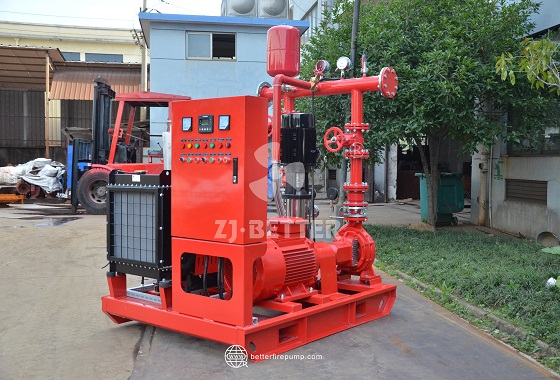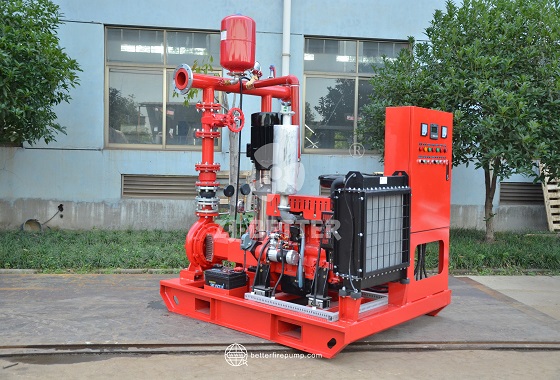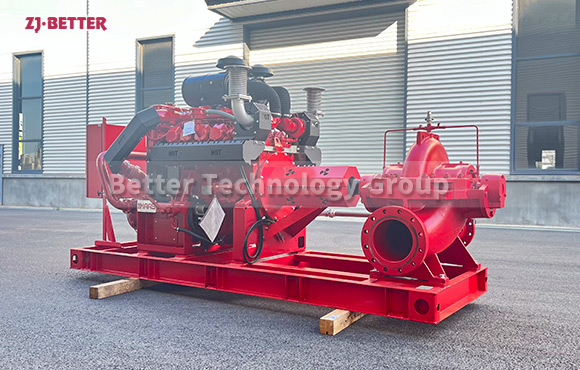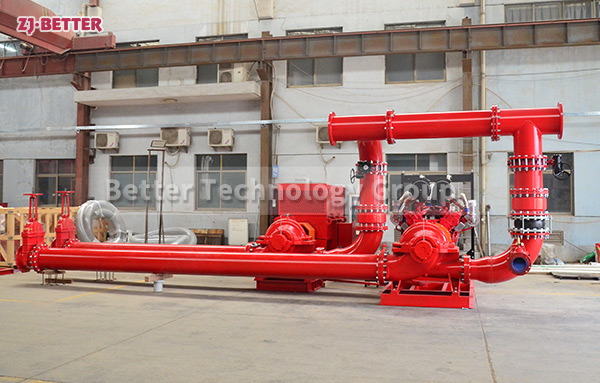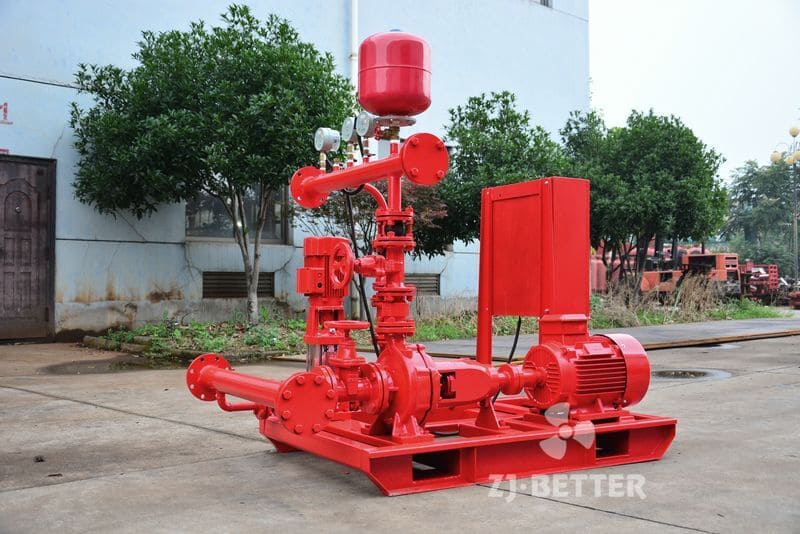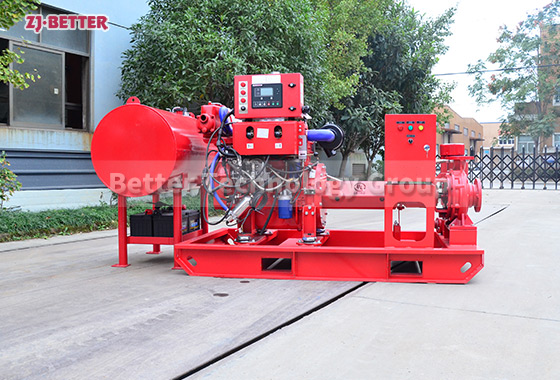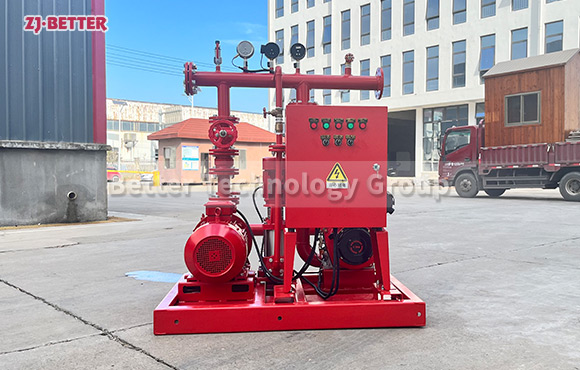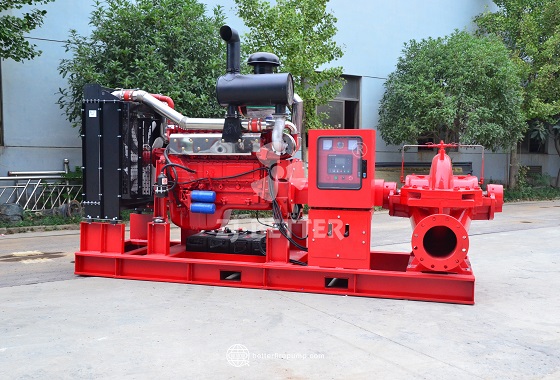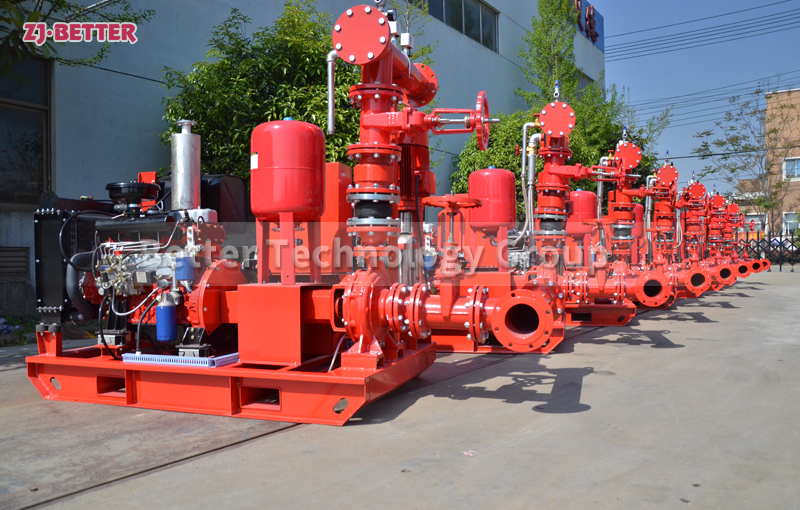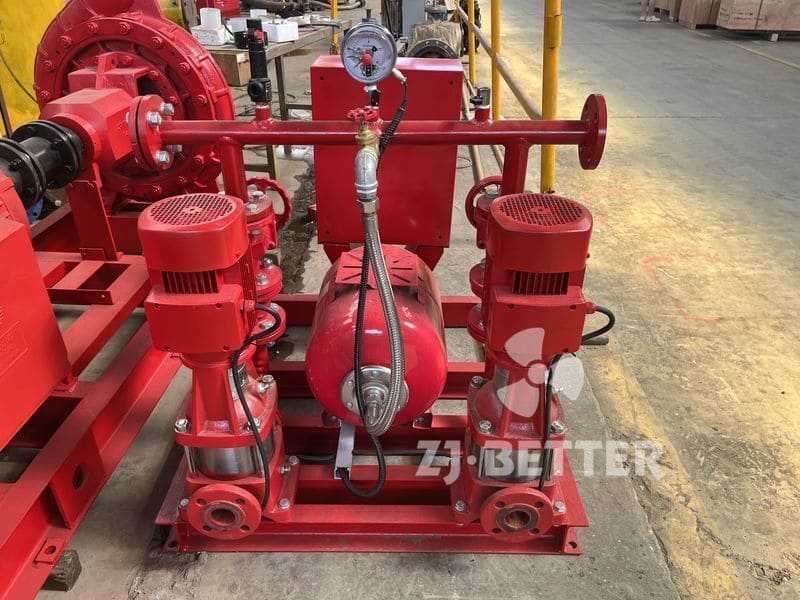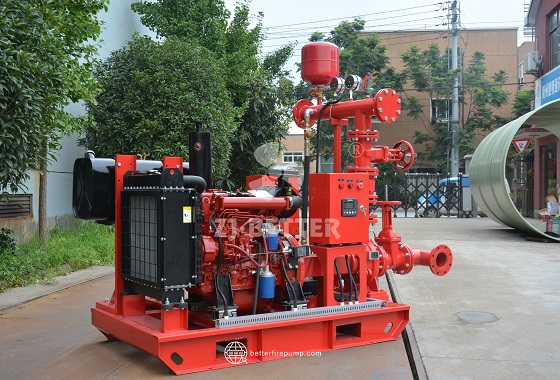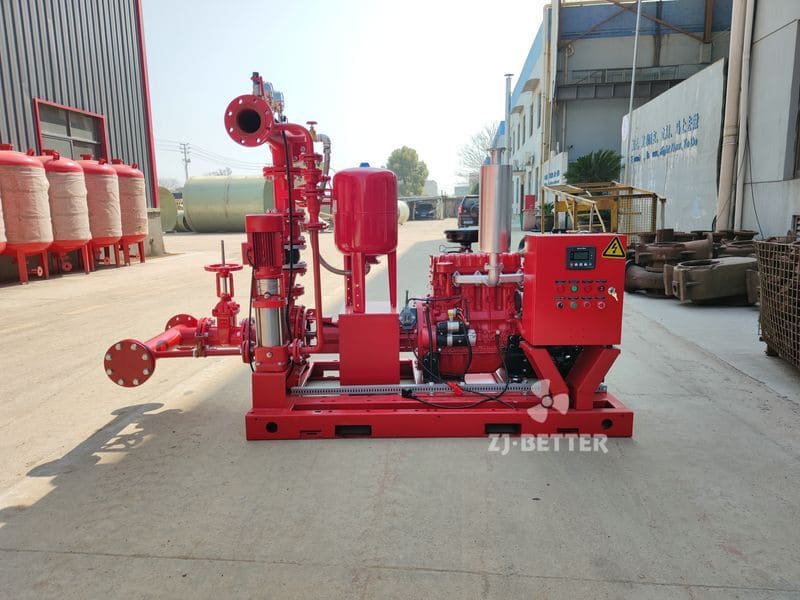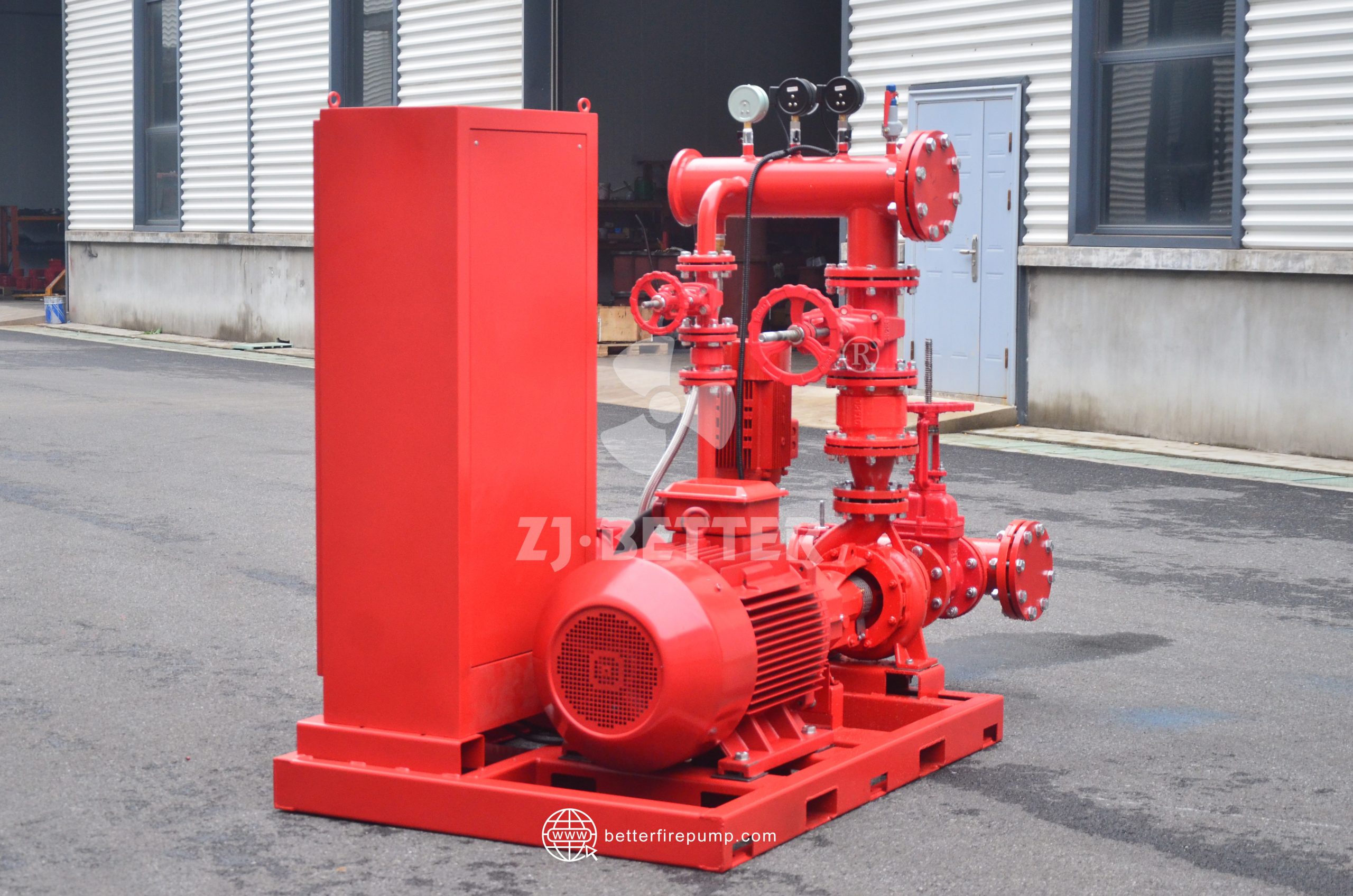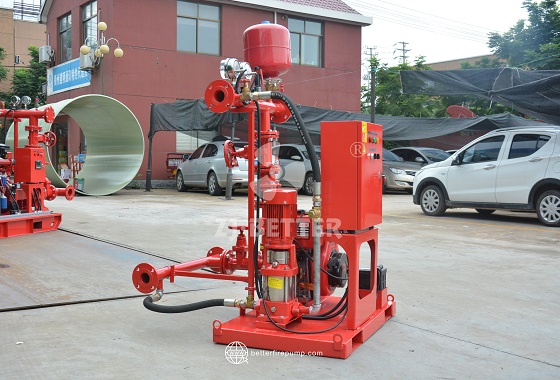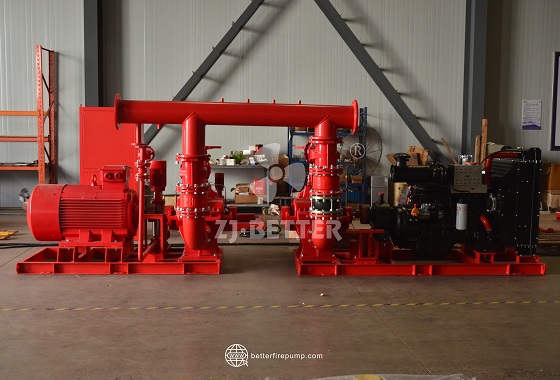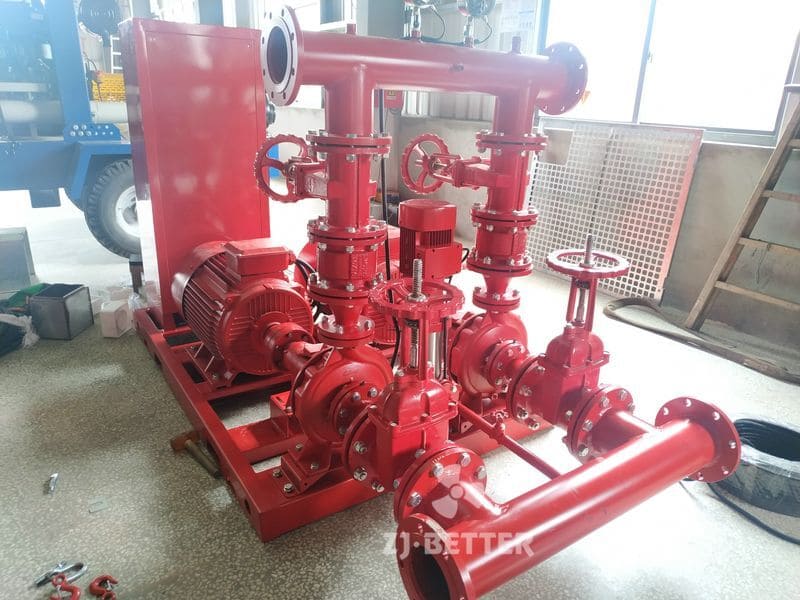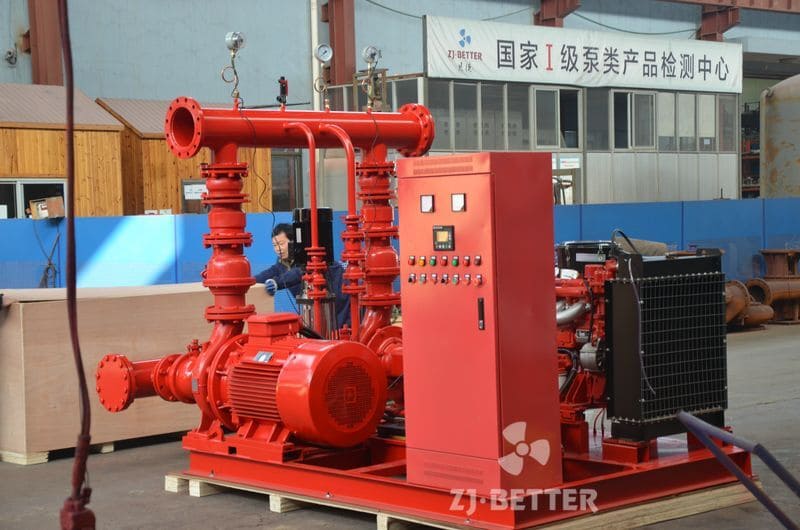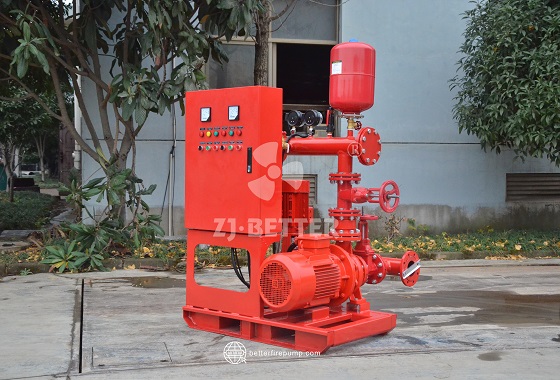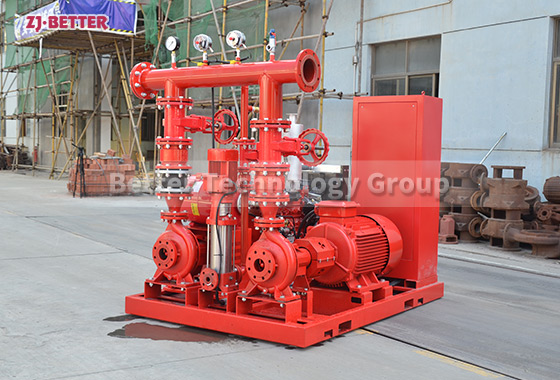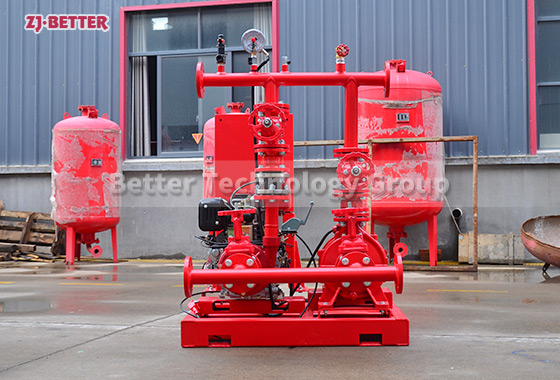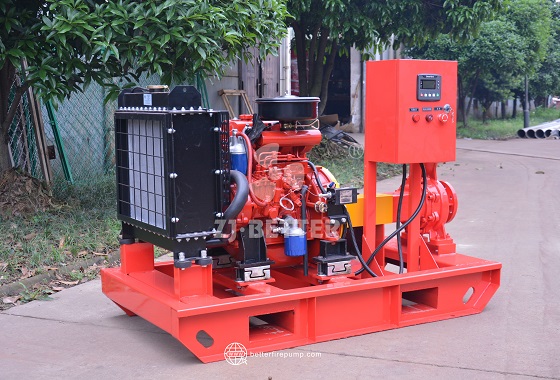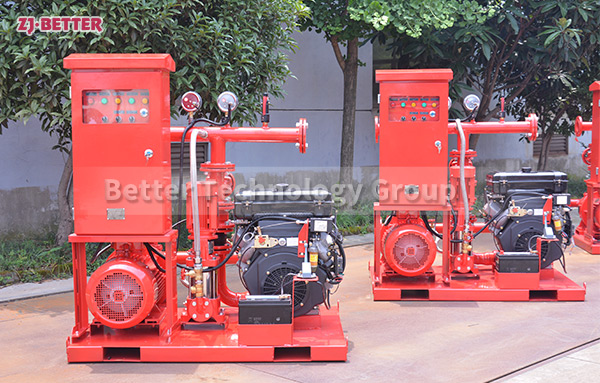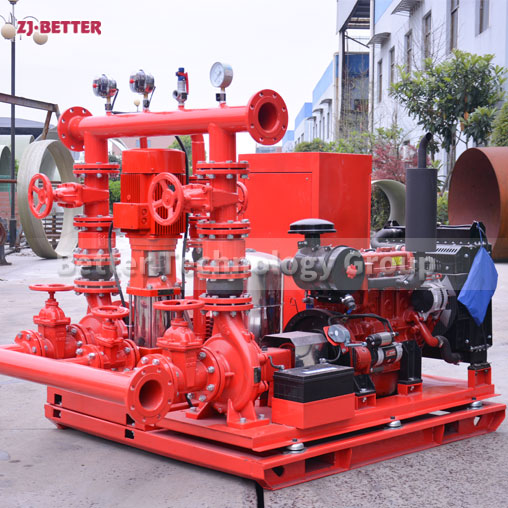All-Weather Independent Operation: Self-Powered Fire Pump Application Value in Complex Environments
The self-powered fire pump features independent operation and powerful power output, ensuring a stable water supply even in powerless environments. Its high efficiency, intelligent control, strong environmental adaptability, and low maintenance costs make it an ideal choice for fire safety in industrial, construction, petrochemical, and remote areas.
Self-powered fire pumps are a critical firefighting device designed to handle a variety of complex scenarios. Their greatest advantage lies in their ability to operate independently around the clock, without external power supply, thus providing a stable and reliable water source for firefighting operations. These devices utilize a diesel engine as their core power system, combined with a high-performance centrifugal pump and an intelligent control unit to form a complete water supply solution. They demonstrate irreplaceable application value in urban firefighting, industrial sites, energy bases, and remote areas. Their design fully considers the complexity of environments and the diversity of emergency situations, resulting in exceptional stability and reliability in practical applications. The primary advantage of self-powered fire pumps lies in their independent operation. Traditional electric fire pumps rely on the power grid, but sudden fires are often accompanied by power outages or fluctuations, which directly impact their startup and operation. Self-powered fire pumps, on the other hand, rely on their own diesel engine for power supply, enabling rapid startup even in the event of a complete power outage, providing immediate water pressure support for firefighting operations. Their optimized self-starting system typically enables them to enter operation within seconds, significantly shortening firefighting response times. This efficient startup performance is crucial for firefighting operations. Furthermore, the devices offer robust environmental adaptability. The self-powered fire pump maintains stable operation in high and low temperatures, humid environments, and dusty conditions. This is thanks to its high-temperature-resistant cooling system, corrosion-resistant material construction, and multi-stage filtration and heat dissipation design, enabling stable operation in complex environments such as outdoor areas, construction sites, mines, and oil and gas platforms. The pump also boasts strong seismic and shock resistance, allowing it to maintain normal operation even after sudden disasters such as earthquakes and explosions, buying valuable time for rescue efforts. In terms of performance, the self-powered fire pump utilizes a high-efficiency diesel engine and a pump design optimized for fluid dynamics. It delivers high flow and high pressure in a short period of time, ensuring adequate water supply to sprinkler systems, fire hydrant systems, and other firefighting equipment. Its hydraulic performance has been rigorously tested and certified, ensuring a stable flow rate without significant degradation even after extended operation. The pump’s compact construction and optimal flow path design effectively minimize energy loss and improve overall efficiency, resulting in lower fuel consumption and higher operational performance. The pump also offers excellent control and monitoring capabilities. Modern self-powered fire pumps are equipped with an intelligent control system that automatically monitors operating status, including key parameters such as oil pressure, water temperature, pump pressure, and flow rate. When an anomaly occurs, the system automatically generates an alarm or takes appropriate action to prevent equipment damage or operational interruption. Optional remote monitoring allows managers to monitor equipment status in real time from the control room or on a mobile device, and remotely activate or deactivate the device. This intelligent management approach not only improves fire protection system reliability but also reduces manual inspection and maintenance costs. Regarding maintenance and servicing, self-powered fire pumps feature a modular design with key components strategically arranged and easily disassembled and assembled, facilitating daily inspection and maintenance. The diesel engine features an automatic lubrication and cooling system to reduce wear and extend service life. The pump body is constructed of wear-resistant materials to ensure stable performance even in demanding operating environments. Widely compatible accessories make replacement easy, reducing maintenance costs and downtime. Manufacturers typically provide comprehensive technical support and training for this type of equipment, enabling users to quickly master operation and maintenance. In addition to its technical performance, this equipment also offers exceptional economical and safety features. Due to their low fuel consumption and long maintenance cycles, their overall operating costs are far lower than those of traditional fire pumps that rely on external power sources. Furthermore, their independent operation ensures reliable water supply even in the most extreme environments, preventing the spread of damage caused by water supply interruptions. This stability not only reduces fire damage but also improves the overall safety of buildings or facilities. Self-powered fire pumps are suitable for nearly every application scenario. From urban high-rise buildings and underground garages to industrial plants, warehouses and logistics centers, petrochemical bases, ports, and mining operations, they play a crucial role. In remote areas far from municipal pipelines and power grids, they are the only viable fire water supply option. Furthermore, their independent operation provides the most reliable emergency response during natural disasters, emergencies, or wartime situations. Self-powered fire pumps are a crucial safeguard against personal and property safety. In the future, with the continuous improvement of fire safety standards and the acceleration of urbanization, the demand for self-powered fire pumps will continue to grow. Their intelligent, modular, and energy-efficient design will also drive technological upgrades across the fire protection industry, bringing a higher level of safety assurance. In summary, self-powered fire pumps, with their independent operation capabilities, strong power output, environmental adaptability, intelligent control systems, and ease of maintenance, have become indispensable firefighting equipment in complex environments. They not only ensure a stable and sufficient water supply in the event of a fire, but also demonstrate exceptional reliability and efficiency under a variety of extreme conditions, providing comprehensive fire safety assurance for various venues and facilities. Their application value far exceeds that of traditional equipment, making them the true core strength of modern firefighting systems.

